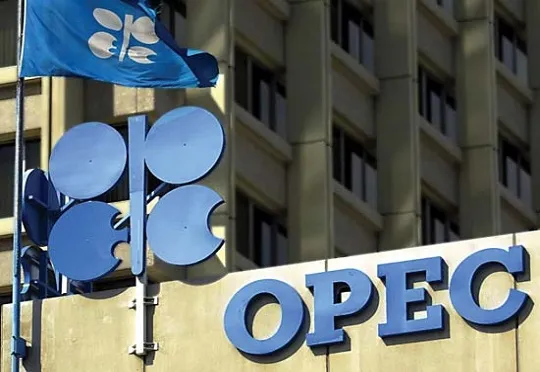
During CERA Week, top executives from some of the biggest U.S. shale companies discussed global oil supply with top OPEC officials.
The tradition of shale executives and OPEC officials meeting started in 2017 as a way to ensure open dialogue between the two parties.
After the meeting, one shale executive remarked on the lack of spare capacity, adding that every company has to do what they think is best.
Top officials from OPEC and executives at some of the biggest U.S. shale producers discussed the tight global oil supply at a dinner in Houston on Monday evening as the oil industry gathers for the annual CERAWeek energy conference.
OPEC’s Secretary General Haitham Al Ghais had dinner with the CEOs of Pioneer Natural Resources, Occidental, Devon Energy, Diamondback Energy, and Hess Corp, among others, according to Bloomberg.
OPEC’s previous secretary general, the late Mohammad Barkindo, started the tradition of meetings with U.S. shale executives on the sidelines of CERAWeek in 2017. It appears that his successor Al Ghais wants to continue the dialogue with the U.S. shale industry, whose production surge in 2017 was seen as a challenge to OPEC’s control over the marginal supply to the market.
Leaving the restaurant where the dinner was held, Devon Energy’s chief executive Richard Muncrief told Bloomberg, “There’s not a lot of spare capacity right now,” when asked to comment on the topics of the conversation.
Other attendees from the U.S. shale industry included Pioneer Natural Resources CEO Scott Sheffield, Occidental Petroleum’s chief executive Vicky Hollub, Hess Corporation’s John Hess, Chesapeake Energy’s CEO Nick Dell’Osso, and Talos Energy’s top executive Tim Duncan, per Reuters.
According to Devon Energy’s Muncrief, the gist of the discussions at the meeting was, “Nobody controls the market. That’s just the bottom line. So every company has to do what they think is best.”
The little left spare oil production capacity globally is in the hands of the biggest OPEC producer, Saudi Arabia, and to a lesser extent, in the third-largest producer, the United Arab Emirates (UAE).
U.S. shale firms, for their part, are expected to raise oil production this year compared to 2022. Yet, the growth rate could surprise to the downside due to supply chain and labor bottlenecks, cost inflation, and the industry’s strategy to reward shareholders and pay down debts instead of taking on more debts to boost output.
source:https://oilprice.com/
